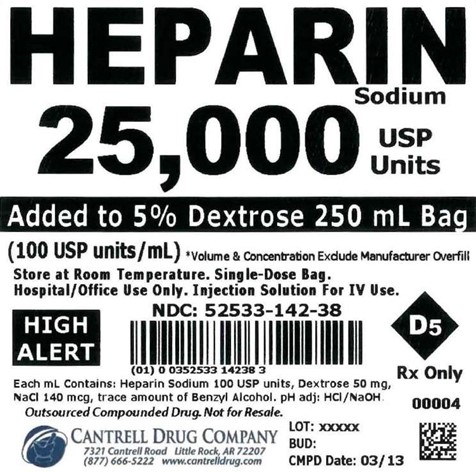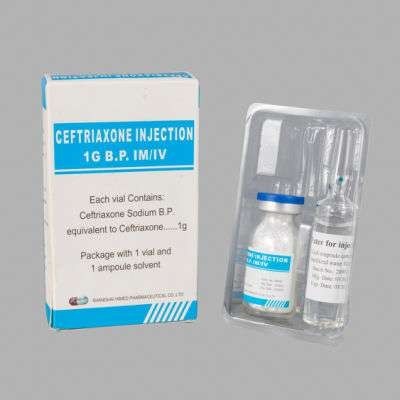A patient with deep vein thrombosis has heparin ordered. Heparin 25,000 units in 250 mL D5W infuses at a rate of 12 mL/hr from 9:00 a.m. to 11:00 a.m. and 10 mL/hr from 11:00 a.m. to 2:00 p.m.
What is the total amount of heparin, in units, that the patient received from 9:00 a.m. to 2:00 p.m.?
5400 units
6800 units
7200 units
8900 units
8900 units
The Correct Answer is A
To calculate the total amount of heparin, we need to multiply the infusion rate by the time and then by the concentration of heparin in the IV bag. From 9:00 a.m. to 11:00 a.m., the infusion rate was 12 mL/hr, so the amount of heparin infused in this period was 12 mL/hr x 2 hours x 100 units/mL = 2400 units.
From 11:00 a.m. to 2:00 p.m., the infusion rate was 10 mL/hr, so the amount of heparin infused in this period was 10 mL/hr x 3 hours x 100 units/mL = 3000 units. The total amount of heparin infused from 9:00 a.m. to 2:00 p.m. was 2400 units + 3000 units = 5400 units.

Nursing Test Bank
Naxlex Comprehensive Predictor Exams
Related Questions
Correct Answer is A
Explanation
Dextrose 50%, add 1 mL to 4 mL injectable saline. To obtain 5 mL of 10% dextrose, 0.5 mL of the 50% dextrose should be diluted with 4.5 mL of sterile water or normal saline. Therefore, the nurse should add 1 mL of the 50% dextrose to 4 mL of injectable saline to get a final concentration of 10% dextrose in 5 mL. This will give the client the appropriate dose.
Choice B is incorrect because adding 2 mL of the 50% dextrose to 3 mL of saline would give a final concentration of 20%, which is higher than the prescribed concentration of 10%.
Choice C is incorrect because adding 3 mL of the 50% dextrose to 2 mL of saline would give a final concentration of 30%, which is significantly higher than the prescribed concentration of 10%.
Choice D is incorrect because adding 4 mL of the 50% dextrose to 1 mL of saline would give a final concentration of 40%, which is much higher than the prescribed concentration of 10%.

Correct Answer is C
Explanation
To calculate the amount of diluent that should be added, we need to first calculate the volume of the final solution. .
The final concentration of ceftriaxone should be 600 mg/3 mL, which is the same as 200 mg/mL. .
If we have 1.5 g (or 1500 mg) of ceftriaxone, we can divide this by the desired concentration to get the total volume of the final solution:.
1500 mg ÷ 200 mg/mL = 7.5 mL.
So, the total volume of the final solution should be 7.5 mL. .
To calculate the amount of diluent needed, we need to subtract the volume of the ceftriaxone from the total volume of the final solution:.
7.5 mL - 0.00 mL = 7.5 mL.
Therefore, a nurse should add 7.5 mL of diluent to the vial containing 1.5 g of ceftriaxone to achieve a final concentration of 600 mg/3 mL.

Whether you are a student looking to ace your exams or a practicing nurse seeking to enhance your expertise , our nursing education contents will empower you with the confidence and competence to make a difference in the lives of patients and become a respected leader in the healthcare field.
Visit Naxlex, invest in your future and unlock endless possibilities with our unparalleled nursing education contents today
Report Wrong Answer on the Current Question
Do you disagree with the answer? If yes, what is your expected answer? Explain.
Kindly be descriptive with the issue you are facing.
